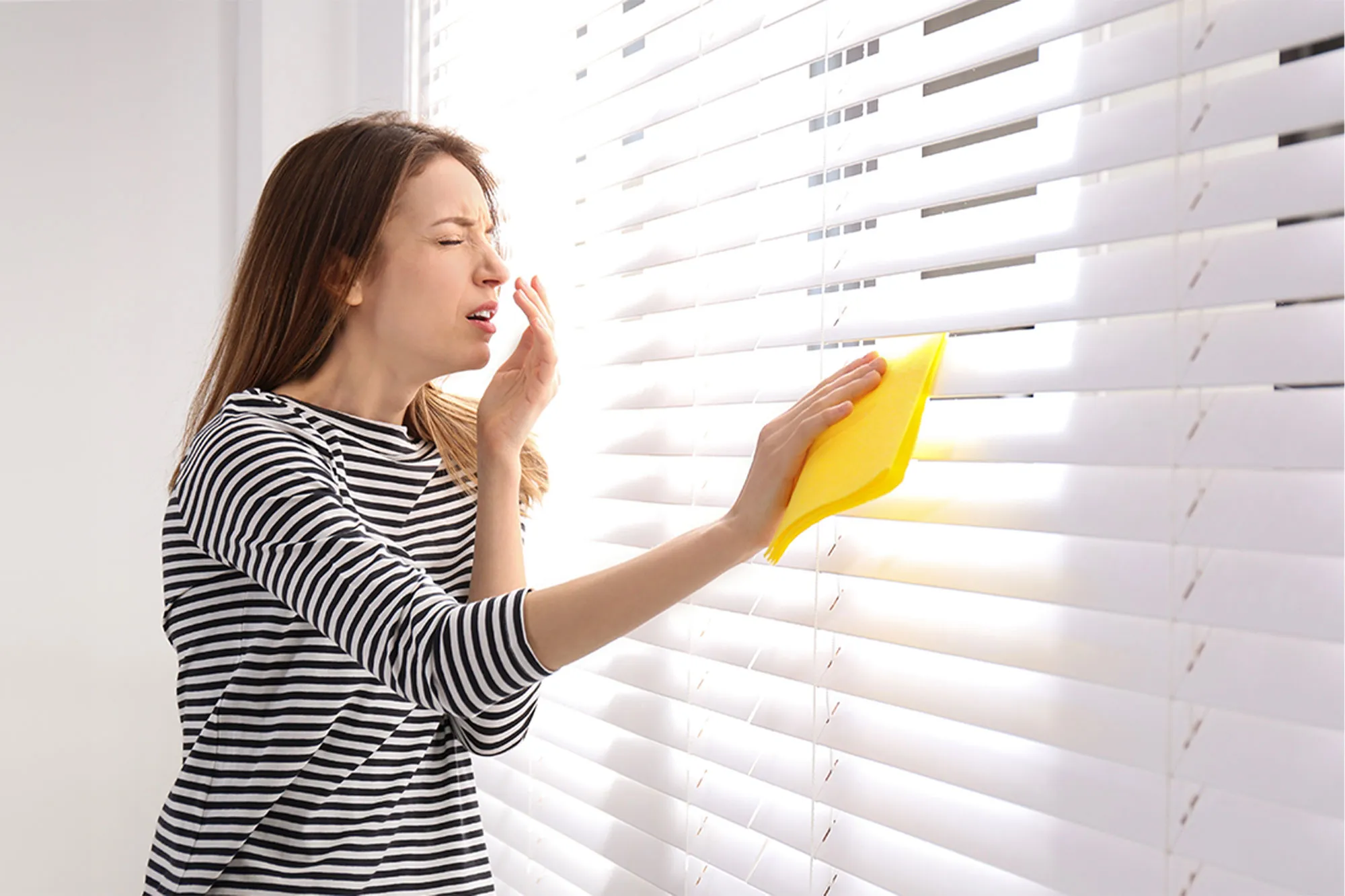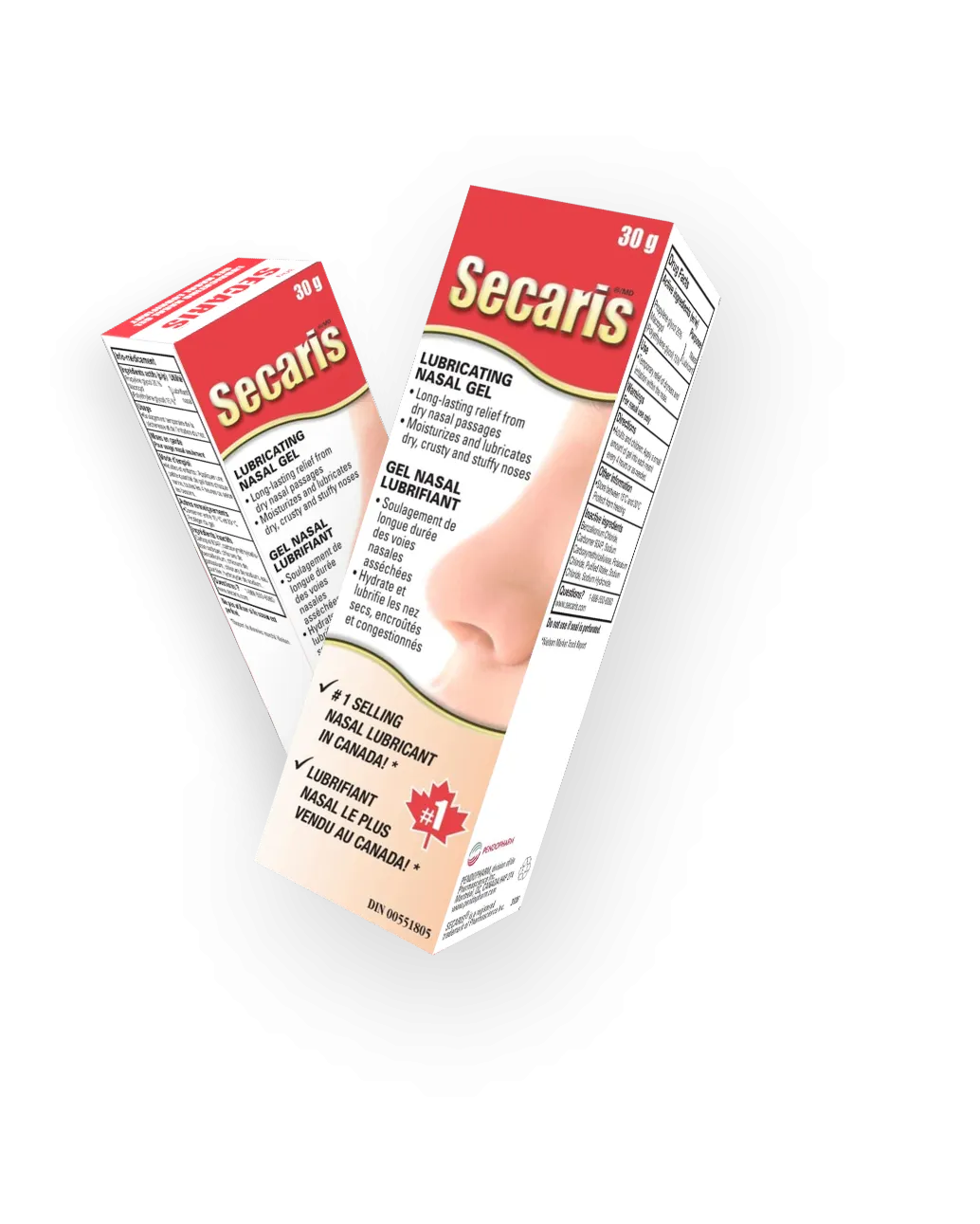In this article we’re going to talk about one of the more obscure reasons why your nasal health might be getting compromised.
This not so obvious culprit might just be the reason you feel your nasal health isn’t in tip-top shape. We’re talking about how indoor pollution affects your nasal health. Yep, that’s right, the air inside our homes can sometimes be a little less “fresh” than we’d like to believe. But fear not, because we’ve got the scoop on how it impacts your nasal health and what you can do about it.
When you cozy up on your couch, you probably think the air seems just fine. Think again because indoor pollution can invade your space with pollutants you can’t see or smell. Household items like cleaning products, paints, and even furniture release tiny particles and chemicals into the air turning our comfy havens into potential health hazards.
The Nose Knows
Our noses are the leading soldiers in the battle against airborne invaders. They act as the body’s first line of defense, trapping particles and filtering out pollutants before they reach our lungs.[1] But here’s the catch, constant exposure to indoor pollutants can overwhelm even the mightiest of nasal defenses, leading to some unwanted consequences.
Impact on Nasal Health
Dry and Crusty Noses
Indoor pollutants can affect and irritate our noses, leaving them dry and crusty. If you’ve ever experienced that uncomfortable irritation of your nasal passages and sinuses, indoor pollution in your home may be to blame [2].
Stuffy Noses
Dry nasal and sinus passages can lead to other issues other than not quite catching a satisfying breath indoors, such as headaches and frequent bloody noses. Symptoms may include congestion and inflammation that lead to stuffy noses [3].
Long-Term Effects
Untreated dry sinuses due to prolonged exposure to indoor air pollution not only contribute to prolonged discomfort but can impact one's overall quality of life. The potential development of infection can also cause discomfort and poorer well-being [4].
What’s the Solution?[5]
Knowledge is power, and a few simple changes can make a world of difference:
Ventilation Matters
Open windows! Proper ventilation helps flush out pollutants and keeps the air circulating. There’s quite nothing like fresh air to breathe easily.
Choose Products Wisely
Opt for household products with low or no volatile organic compounds (VOCs). These are the chemicals responsible for that “new paint” smell and can contribute to indoor air pollution.
Get Green
Indoor plants aren’t just for aesthetics; they’re nature’s air purifiers. Certain plants, like spider plants and snake plants, can help filter out pollutants and improve indoor air quality.
Consider Nasal Lubrication
Consider using nasal lubrication products like Secaris® to keep your nasal passages moisturized. Its water-based formula provides temporary, long-lasting relief against dry and crusty noses.
This product may not be right for you. Please read and follow the label before use for a list of contraindications, warnings, precautions, and adverse reactions.
Secaris® is a registered trademark owned by Norwell Consumer Healthcare Inc.
REFERENCES
- [1] https://hms.harvard.edu/news/why-upper-respiratory-infections-are-more-common-colder-temperatures
- [2] https://www.healthline.com/health/dry-sinuses#causes
- [3] https://www.verywellhealth.com/dry-nose-and-sinuses-1192181#:~:text=Summary,dry%2C%20as%20well%20as%20irritated
- [4] https://www.mayoclinic.org/diseases-conditions/deviated-septum/symptoms-causes/syc-20351710
- [5] https://www.cpsc.gov/Safety-Education/Safety-Guides/Home/The-Inside-Story-A-Guide-to-Indoor-Air-Quality





